Bis Creatine When it came on the market in the early 1990s, proteins were by far the most popular aids among bodybuilders. Protein supplements have been around since the 1940s. They are not drugs, but were considered the steroids of their time. And also despite the introduction of creatine are Protein-Supplemente products for muscle building that are still in demand.
But today we are facing a confusing market constantly exposed to new brands and products.
In the first part of ours Protein Guide Serie we describe all of them Protein types, their advantages and disadvantages for the athlete.
PROTEINQUELLEN
There are hundreds of different protein supplements, but they do all fall into three main categories:
- Milk (whey and casein)
- No Protein
- Vegetable proteins (e.g. soy protein)
MILK PROTEINS
Molke (Whey Protein)
The Molke is one of the two important proteins in cow's milk (the other is casein). It is a by-product of cheese production. A thin layer of liquid remains when cheese is made. That's the whey. In this form it contains less than one percent protein. It is concentrated and dried, and that's where that comes from Whey protein powder. This form of protein makes about 20 percent of milk protein. Because of its digestibility and bioavailability (the amount the body actually uses), whey is considered superior to other proteins. It also contains high concentrations of proven mass building substances such as branched-chain amino acids (BCAA) and glutamine. In addition, the powder is easier to mix than other proteins and, in contrast to these, does not seem to cause feelings of fullness or gastrointestinal problems.
The whey is considered a fast acting protein. That relates affecting the time of digestion and blood absorption. From the blood flow it comes into the body tissue, where it is used in a number of metabolic processes is used.
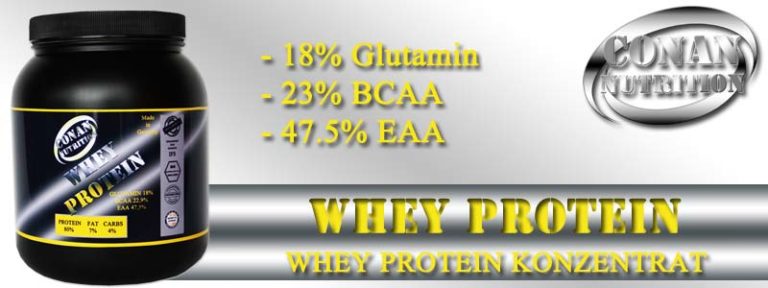
Proteins work in two main pathways:
- the formation of new proteins from the individual amino acids
- Oxidation to urea and occasionally glucose
After about 20 to 40 minutes, the amino acid level reaches culminates in the blood.
And within an hour, the metabolic processes - either Protein synthesis oder Oxidation - completed.
This is positive for muscle building, because growth is based on the relationship between protein synthesis and breakdown. When the synthesis of new muscle protein is stronger than the breakdown, a net gain in muscle mass sets in. But if more protein is broken down than is synthesized, there is no new gain.
Do you want to know more about whey protein ...? Whey Protein > >
Casein (Casein)
Molke is more popular because of the protein content, but Kasein is much more common. It makes up about 80 percent of the protein in cow's milk (the remaining 20 percent is whey).
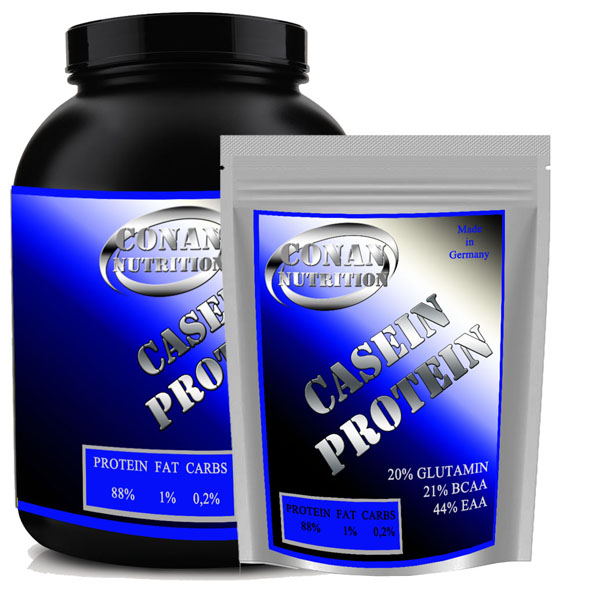
The Kasein is obtained from milk by ultrafiltration without chemicals. This extraction increases the content of bioactive Milk peptidesthat not only promote muscle growth but also immune function. Casein has an excellent one Amino acid profile and is considered an extremely slow-digesting protein. This is because the protein forms a gel-like substance in the stomach that ensures a slow, steady release of amino acids into the blood. Studies show that three to four hours after taking casein, blood amino acid levels and protein synthesis are highest. However, total protein output in the blood can last up to seven hours of ingestion. Since casein is evenly released into the blood, it has little effect on protein synthesis, but it has enormous value in suppressing protein breakdown. So it's an insanely good catabolic (muscle-sparing) protein.
Muskelwachstum. Das Wachstum hängt ja vom Verhältnis von Proteinsynthese zu Proteinabbau ab. Für ein günstiges Verhältnis müssen Sie die Synthese steigern und den Abbau reduzieren. Das schaffen Sie mit Molke (schnelle Aufnahme / fördert Protein-Synthese) und Kasein (langsame Aufnahme / hemmt Proteinabbau).
The supplement manufacturers offer different types and forms.
There are three broad categories of casein proteins:
- Calcium caseinate
- Micellar casein
- Milk protein isolate
The Calcium caseinate has the lowest quality and is used as an additive in food. The other two are identical. While that Micellar casein zu 100 percent is pure, contains Milk protein isolate, micellar casein and whey protein. Therefore, milk protein isolate is cheaper.
As with whey, there is protein too Milchproteinisolat Differences, the best milk protein isolates contain about 80 percent micellar casein und 20 percent whey. And don't be surprised: the best milk protein isolate has the same ratio of casein to whey of 80:20 as a glass of milk. The only difference is in the amount, a 0.25 liter glass of milk has only 6.4 grams of casein, a small measuring spoon of high-quality milk protein isolate has more than 20 grams.
Whey and Casein - Intake times
The different intake of Molke und Kasein is most useful. Those who use them optimally can significantly improve their ability to recover. Casein should be taken in the evening before bed. Finally it is slowly absorbed. You're six to eight hours without food and don't want the body to break down the hard-earned muscles while you sleep. The casein in the system prevents catabolism. If you were to take the whey in the evening instead, it would be absorbed in an hour and would then hardly be able to prevent catabolism.
The quick action of the whey protein makes it ideal for one Take in the morning after getting up and after training. Then the body needs amino acids quickly. At other times of the day, especially if you don't eat for more than three hours or a protein shake replaces the meal, take a mixture of Whey and casein, about 50:50. In this way you can enjoy the advantages of both proteins: the quick effect and the slow output until the next meal. And even if you eat every two to three hours, you can still have the whey as a protein snack between meals.
EIPROTEIN
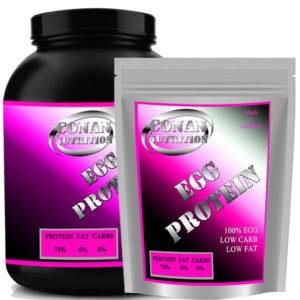
A few years ago we would have said eggs made of whey are inferior, but thanks to the refined techniques that are no longer possible today the case. The difference is now so small that you don't care much is lost if you choose eggs. The egg can only be mixed together not quite keep up. Despite refined processing methods, the most egg products use a blender. With the whey, on the other hand, a spoon is enough to stir it or a shaker. Despite the few downsides, most today see them newer egg products than the whey, what the bodybuilding and the Muscle building concerns.
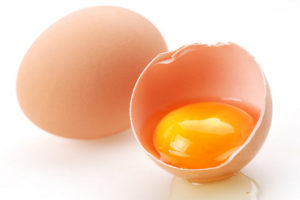
SOJA PROTEIN
At vegetable proteins often one or more are missing essential amino acids. This does not apply to soy.
SOJAPROTEIN
That too Sojaprotein is back from oblivion. It is one of the few plant sources that contains all amino acids (most plants are missing one or more essential amino acids) and are therefore considered a complete protein. Even what is known in the bodybuilding world as "Diet Doc" Chad Nicholls has stated that soy is comparable to egg and milk proteins - which science seems to confirm.
STUDIES ON SOY
One study found that participants who Consumed soy protein, a soy and whey mix, or whey protein were similar Showed muscle gains.
Bei einer anderen, six-week study erwies sich die muscle building effect of soy and whey protein as being equivalent.
At a third study found that soy or whey in the form of a protein bar resulted in similar gains in lean muscle mass. And in the soy group they showed even better anticatibolic abilities than in the whey group.
But the biggest advantage of soy is its ability to lower cholesterol; plant sterols reduce the amount of "bad cholesterol in the body. Soy contains soy for muscle building." Glutamine und Arginine two important amino acids. The two promote recovery and support the immune system, but it's precisely their anabolic properties that make glutamine and arginine so important for bodybuilding.
Arginine helps increase levels of growth hormone in the bloodstream. This amino acid also stimulates the reduction of nitric oxide in the body. The nitric oxide increases blood flow in the muscles and carries oxygen, hormones, and other nutrients, which speeds healing and protein synthesis.
Another benefit of soy is its Glutamine content. Glutamine reduces muscle breakdown to a minimum and improves protein metabolism. Most bodybuilders don't know almost twice as much soy protein Vitamin B contains protein like whey.
With these numerous benefits, you'd think that Soy is essential for bodybuilders. But that is by no means the case. soy has a quality that, while mostly overdone, does many bodybuilders frightened.
SOJA UND ISOFLAVONE
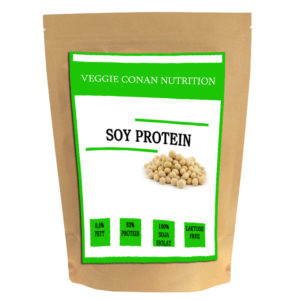
In addition to arginine and glutamine, it also contains Isoflavone, die dem Muskelkater entgegenwirken und die Erholungszeit verbessern. Der Nachteil ist, dass man diesen Verbindungen in Unrecht östrogenähnliche Wirkungen unterstellt. Drei der Isoflavones finest, glycerine and sitting there included as Phytoöstrogene and are very similar in structure to the human hormone estrogen. For bodybuilders who are not familiar with isoflavones and their functions in the body, this sounds fatal of course. In fact, these components are structurally very weak. The three are about 1000 times weaker than the body's own estrogen. The isoflavones can change the regulation of estrogen in the body slightly, but a person would have to ingest enormous amounts before the three phytoestrogens could compete with the anabolic effects of testosterone.
Numerous studies showing the effects of soy protein in building muscle should be enough evidence that estrogen-like isoflavones do not harm anabolism in the human body. Like milk and egg protein, soy protein helps build muscle mass. When you add the added health benefits and affordable prices, soy is a great option.
Mehr über Soja Protein > >
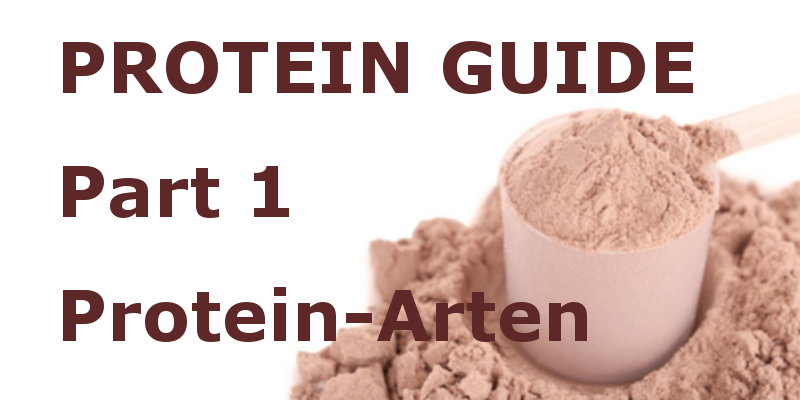



7 comments
Comments are closed.